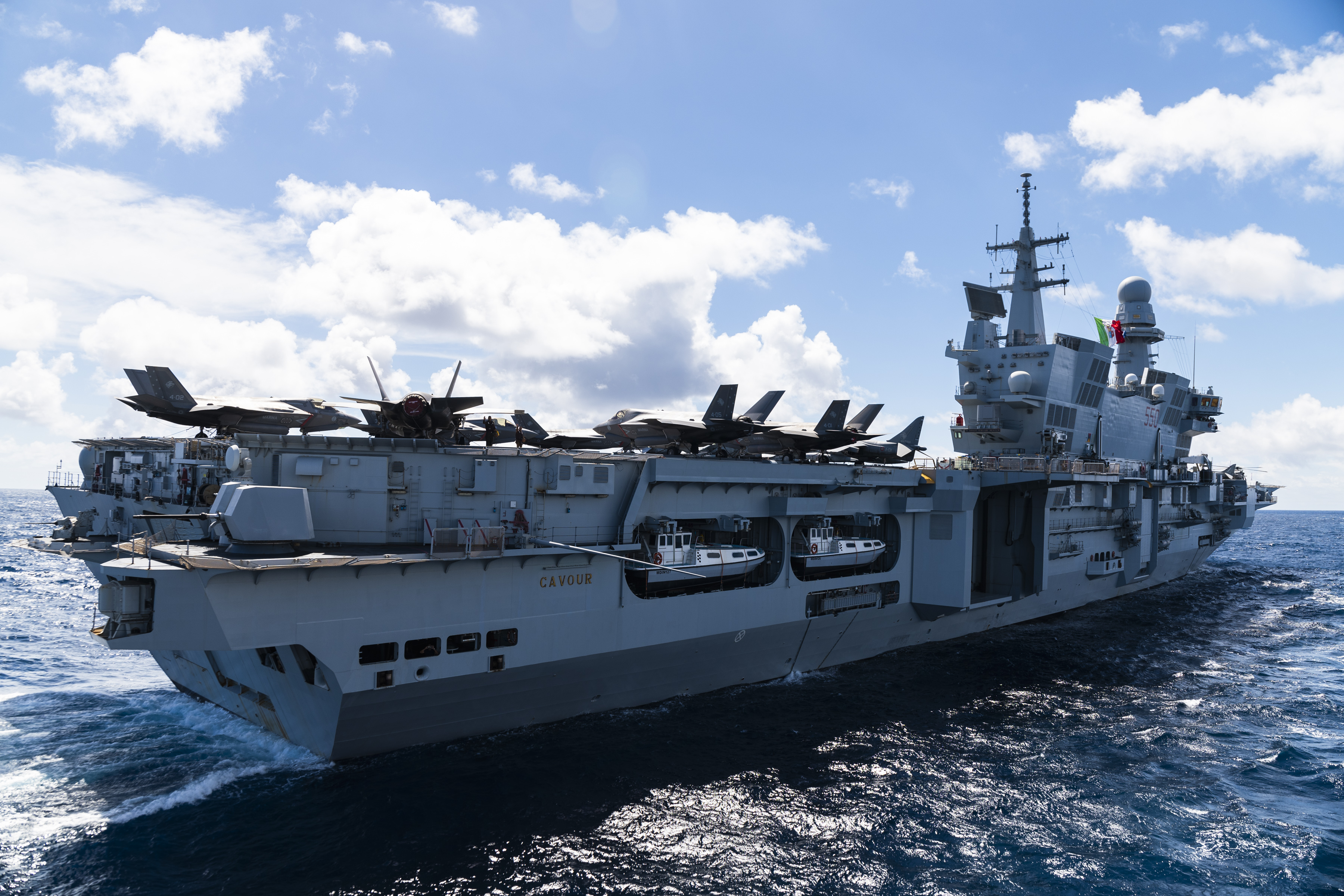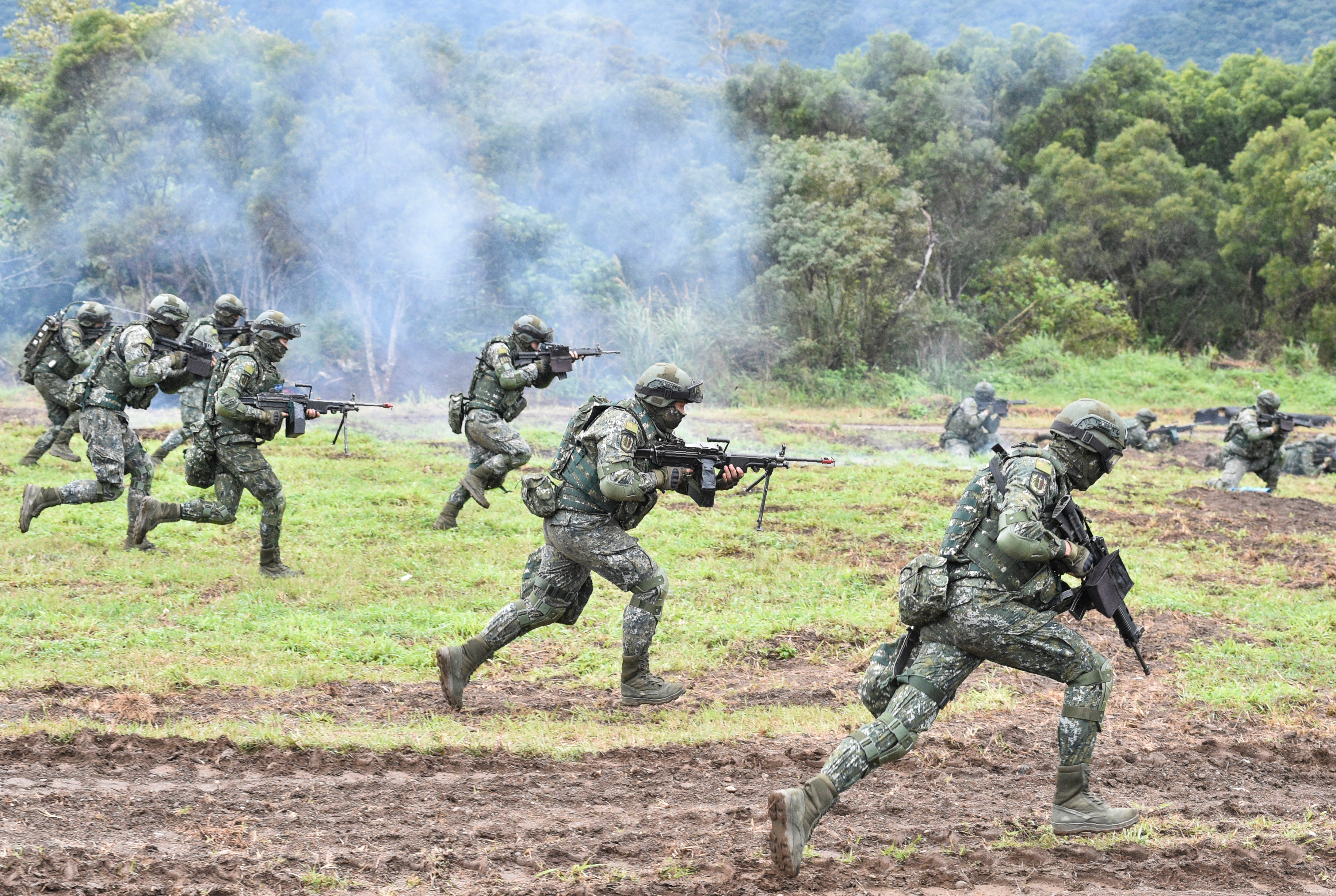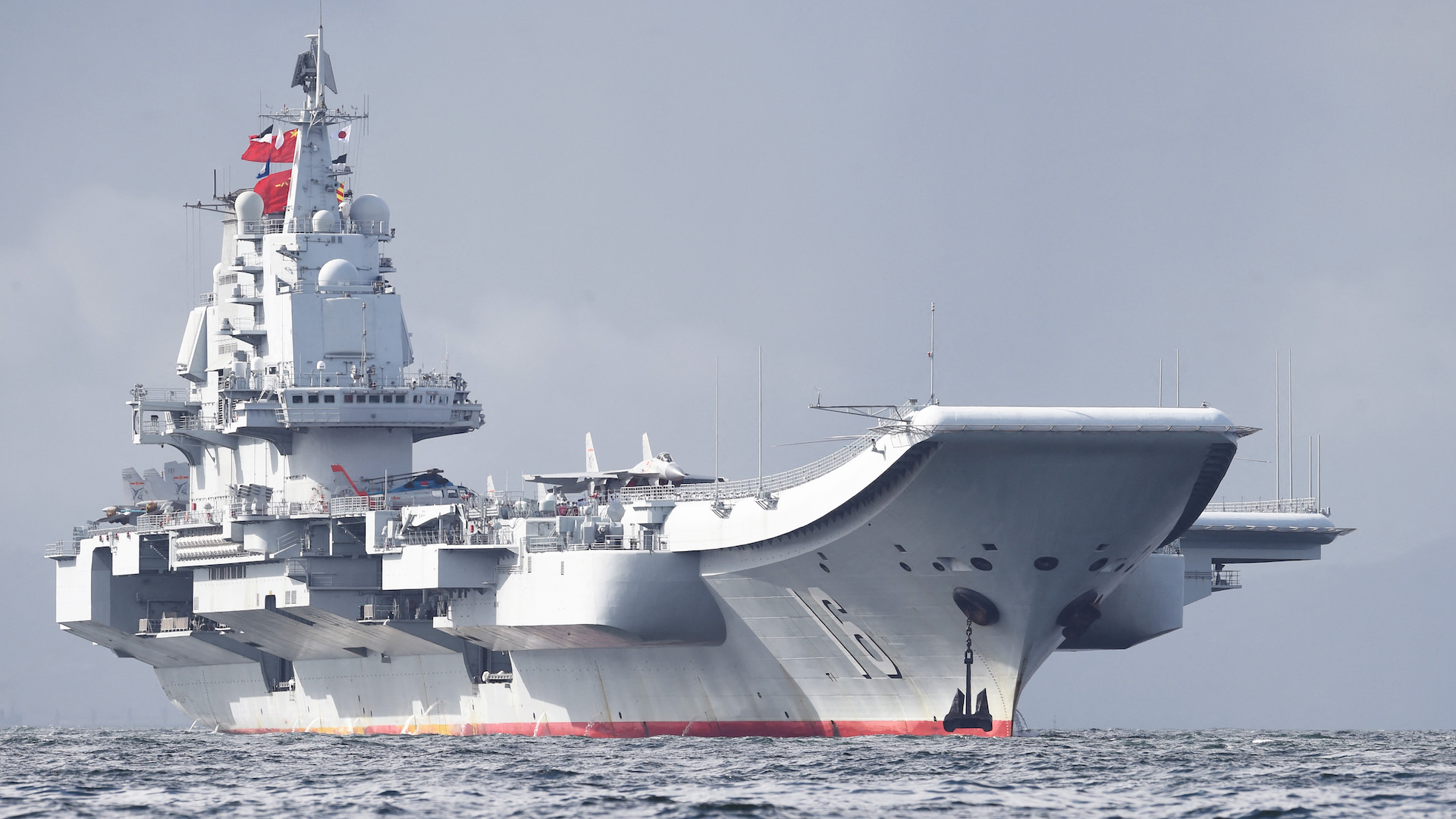In the latest expression of China’s rapidly growing and modernizing naval power, the People’s Liberation Army Navy (PLAN) recently, and for the first time, put three aircraft carriers to sea simultaneously. Of the three carriers involved in these activities, the Liaoning and the Shandong are by now well established with the Chinese fleet, while the Fujian, the country’s first domestically produced carrier, is still preparing for operational service. Ultimately, it’s expected to lead to more Chinese-made flattops as the PLAN continues to expand its naval aviation capabilities.
Publicly available data, collated below by journalist Ian Ellis, indicates that, as of last week, the Liaoning and its carrier group were operating in the Philippine Sea, with the Shandong and its carrier group just off Hainan Island. Meanwhile, the Fujian had already left Jiangnan shipyard in Shanghai for another round of sea trials, with satellite imagery confirming that the three carriers were all sailing as of September 18. The carrier groups for the first two flattops each include at least four destroyers as well as a combat support vessel or frigate, very likely also accompanied by a hunter-killer submarine.
At the same time, another PLAN surface action group, with two destroyers, one frigate, and a replenishment vessel, was underway in the Sea of Japan.
As of today, the Fujian — China’s first carrier to be fully locally designed and also the first intended to launch aircraft via catapults rather than by a ‘ski jump’ takeoff ramp — was apparently back in port in Shanghai, having completed its fourth at-sea trial.
Overall, and even accounting for the fact that the Fujian has yet to be commissioned, these deployments provide a powerful indication of the PLAN’s growing presence and capabilities, especially regarding its carrier force. It should also be noted that China’s two operational aircraft carriers have been at sea simultaneously before, but this is now becoming much more routine — with three such dual-carrier deployments over three months this summer.
Other aircraft carriers are also currently underway in the Indo-Pacific region, with the USS Theodore Roosevelt (CVN-71) in the South China Sea as of late last week, having completed a deployment in the Middle East, as well as the Italian Navy aircraft carrier Cavour, a warship that you can read much more about here, and which recently conducted maneuvers with the U.S. and Australian armed forces.

Beijing claims almost all of the highly strategic South China Sea, resulting in numerous disputes and standoffs. Recently, there have been multiple confrontations there involving China and the Philippines, including reports of Chinese Coast Guard vessels firing water cannons, blocking, and ramming Philippine vessels. Having the Liaoning and its carrier group here sends a powerful message to all the countries with stakes in this contested area.
Last week, the Liaoning and accompanying ships were also noted sailing in waters off the east coast of Taiwan, that country’s defense ministry confirmed. The same carrier then passed through a narrow waterway between the Yonaguni and Iriomote islands in Japan’s Okinawa Prefecture, for the first time, according to the Japanese Ministry of Defense.
The ability to deploy carriers east of Taiwan gives the PLA another option for persistently striking at the island from that vector while also occupying a blocking position against U.S. or other foreign military forces heading west. Chinese naval and air activity has increasingly focused on the less heavily defended eastern side of Taiwan in recent years.
Since the summer and the election of a new Taiwanese president, the PLAN has been ramping up its activities around Taiwan, with yet another spike in Chinese naval activities around the island, which Beijing views as a breakaway province.
Other Taiwan-related drills earlier this month have included an amphibious landing exercise on China’s southeast coast opposite the island, which was said to be the largest of its kind so far.
Notably, Taiwan has recently warned that China’s intense military activity makes it much harder to assess whether or not the People’s Liberation Army is about to launch a military campaign — for example, if it were about to attempt an invasion of Taiwan or encircle it, something that the Chinese military has repeatedly practiced, as you can read about here.

Taiwan’s Minister of Defense Wellington Koo last week pointed to China’s military activity getting “larger and larger” with the effect that the island would have less time to respond were Beijing to actually go on the offensive, something that U.S. and other officials have suggested could happen around 2027.
Koo said Taiwan needed to improve its ability to respond to “a potential sudden contingency” and that the island’s reaction time “cannot be as long as we would have imagined in the past.”
“We have to think about how we differentiate between peacetime and wartime,” Koo told reporters. “The scale of [China’s military] activity is getting larger and larger, and so it is harder to discern when they might be shifting from training to a large exercise, and from an exercise to war.”
Transitioning from a large-scale exercise to a military operation is hardly a new proposition, but there’s no doubt that China’s armed forces are expanding the scope and the complexity of their maneuvers, with the maritime component being very much at the forefront. The PLAN’s growing carrier force is becoming an increasingly important tool for a wide range of possible contingencies.
In the Sea of Japan, meanwhile, where a PLAN surface action group is currently underway, recent incidents have included the reported violation of Japanese airspace by a Chinese surveillance aircraft, in what Tokyo said was a first-of-its-kind incident. The reported incursion took place late last month and you can read about it here. The PLAN has also recently been involved in large-scale military exercises with the Russian Navy.
Looking specifically at the PLAN’s recent carrier activity underscores the efforts China is taking to expand the scale and scope of routine operations using the flattops it has now and its still growing carrier ambitions overall.
The carrier activities further reinforce the already clear indications that the PLAN views its growing carrier force as a broader tool for projecting power further and further beyond China’s borders. This includes the critical First Island Chain, the boundary that is defined by archipelagos opposite mainland East Asia extending from the southern end of the Japanese home islands all the way to the South China Sea, and the Second Island Chain, which includes Guam and other U.S. island territories in the Marianas, extending further out into the Western Pacific.
The PLAN’s carrier operations are now one of the most visible indicators of how the force is continuing to develop from a regional force that was primarily focused on operations in the First Island Chain to one that can also conduct operations out into the Second Island Chain and also more globally.
As well as the carriers themselves, China is busy working on new and more capable aircraft from which to operate from them. These include the navalized version of the FC-31/J-35 stealth fighter, the KJ-600 airborne early warning and control plane, various drones, like the GJ-11 Sharp Sword unmanned combat aerial vehicle (UCAV), plus helicopters.

Ultimately, these aircraft and others are expected to be assigned to even more advanced carrier designs, the next of which is generally referred to as the Type 004. There have been persistent reports that this vessel could be nuclear-powered, which would give it effectively unlimited range and help meet the power-generation demands of ever-improving sensors, other mission systems, and possibly directed-energy weapons.

Already, China has demonstrated it can have two operational carriers at sea simultaneously, but once the Fujian is commissioned, dual-carrier operations should become much more routine, with the option to have two flattops deployed and another in post-deployment maintenance or refit, for example. More realistically, during peacetime, it will provide for one at sea, one working up for a deployment, and another undergoing maintenance or refit.
Reports from state-run Chinese media have suggested that the Fujian could be commissioned into service in 2025, but more sober analysis suggests this will likely not happen until 2026.
While not strictly aircraft carriers, it’s worth recalling that China is also scheduled to receive a number of very large big-deck amphibious assault ships, referred to as the Type 076. Each will feature at least one electromagnetic catapult that is expected to be primarily used to launch drones, as you can read more about here.
While the PLAN’s carrier force, even including the Fujian, is still clearly outmatched by the U.S. Navy’s fleet of 11 active nuclear-powered supercarriers, China is already benefiting from having multiple carriers to draw on, and this advantage is set to become more pronounced in the years to come.
Contact the author: thomas@thewarzone.com
